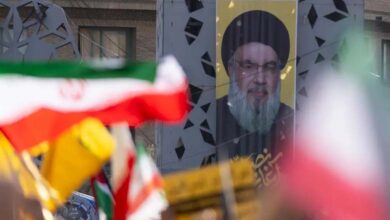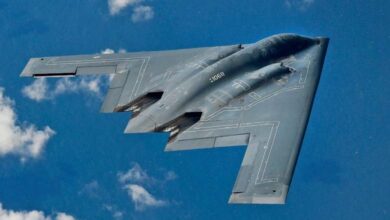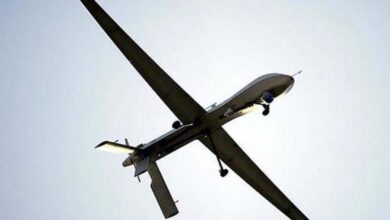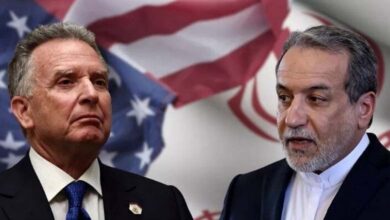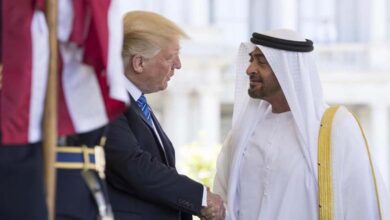Satellite images reveal underground expansion at Iranian nuclear facilities
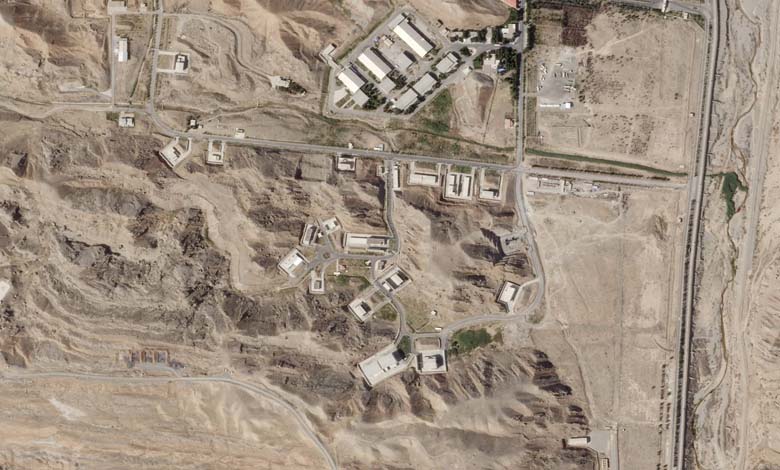
Recent satellite imagery has uncovered signs of renewed activity at Iran’s nuclear facilities, despite the heavy strikes they suffered last June.
According to an analysis by the Center for Strategic and International Studies (CSIS) in Washington, the U.S.-Israeli strikes in June destroyed key infrastructure at the Natanz, Isfahan, and Fordow sites, causing a temporary halt in uranium enrichment operations, Newsweek reported.
-
Israel’s Strikes on Iranian Nuclear Facilities: Conflicting Assessments and Unclear Outcomes
-
CNN: Israel Preparing Potential Strike on Iranian Nuclear Facilities
U.S. President Donald Trump had warned that Iran was “very close to producing a nuclear bomb,” referring to International Atomic Energy Agency (IAEA) reports confirming that Tehran possesses sufficient enriched uranium to manufacture nuclear weapons.
The new images reveal intensive construction activity at the underground “Mount Al-Fas” facility, located about one mile south of the main Natanz complex. The photos clearly show a newly built security perimeter around the site, with tunnels extending in three different directions — evidence of an unprecedented underground expansion of Iran’s nuclear infrastructure.
-
U.S. Report: Israel to Launch an Attack on Iranian Nuclear Sites by Mid-Year
-
Iranian-European Talks on Nuclear Issue and Sanctions
Experts have proposed several possible explanations for this activity, ranging from the construction of a new centrifuge assembly site, to the upgrade of existing facilities, or even the establishment of a secret uranium enrichment plant.
In a related report, the CSIS stated that Iran may have transferred more than 400 kilograms of highly enriched uranium — enough to produce up to ten nuclear bombs — to an undisclosed location. Researchers Joseph Rodgers and Joseph Bermudez Jr. noted, however, that Iran faces significant technical and manpower challenges that could slow its nuclear progress.
-
A Potential Breakthrough… Iranian-European Agreement to Resume Nuclear Negotiations
-
January 13: Iranian-European Talks on the Nuclear File in Geneva
Meanwhile, Iranian Foreign Minister Abbas Araqchi expressed his country’s readiness to resume negotiations, telling the IRNA news agency: “We are prepared for serious talks on an equal footing, and we have never abandoned the path of diplomacy.”
Experts in Washington warn that these developments represent a new stage of ambiguity in Iran’s nuclear program. Behnam Ben Taleblu, a researcher at the Foundation for Defense of Democracies, wrote on X: “This is the first time since 2006 that Iran has enriched uranium without declaring it at a known site.”
The CSIS report concludes with a clear recommendation to the international community: to intensify diplomatic pressure on Tehran to ensure its compliance with the Nuclear Non-Proliferation Treaty and restore full cooperation with the IAEA — a necessary foundation for any credible dialogue on Iran’s nuclear file.



